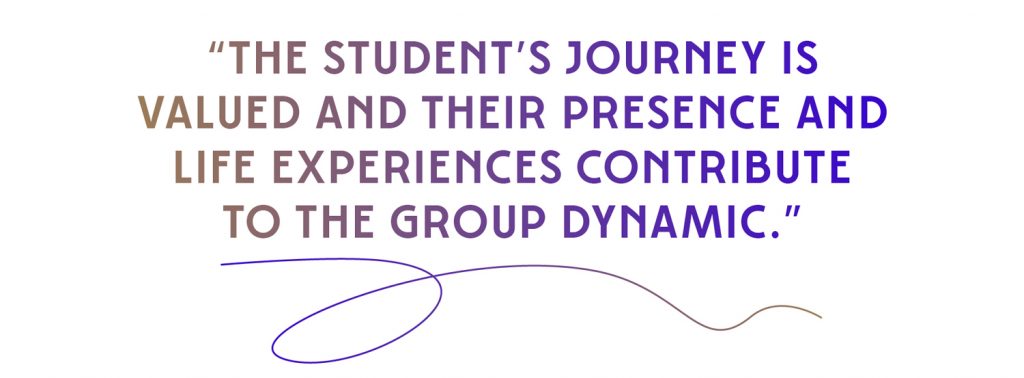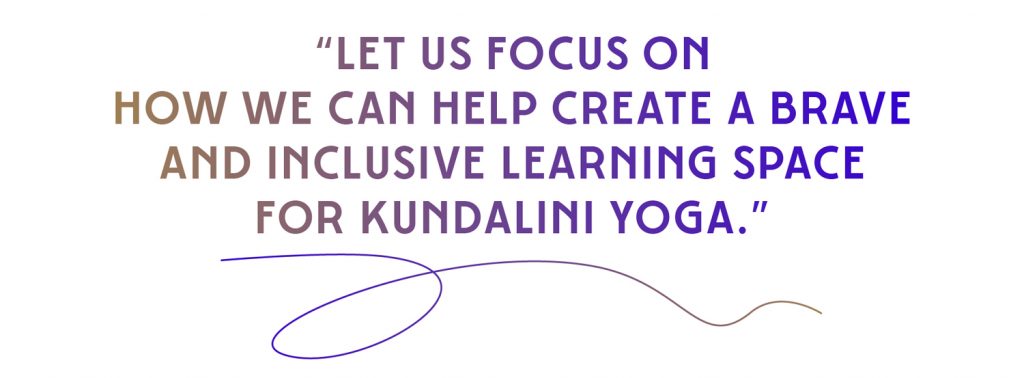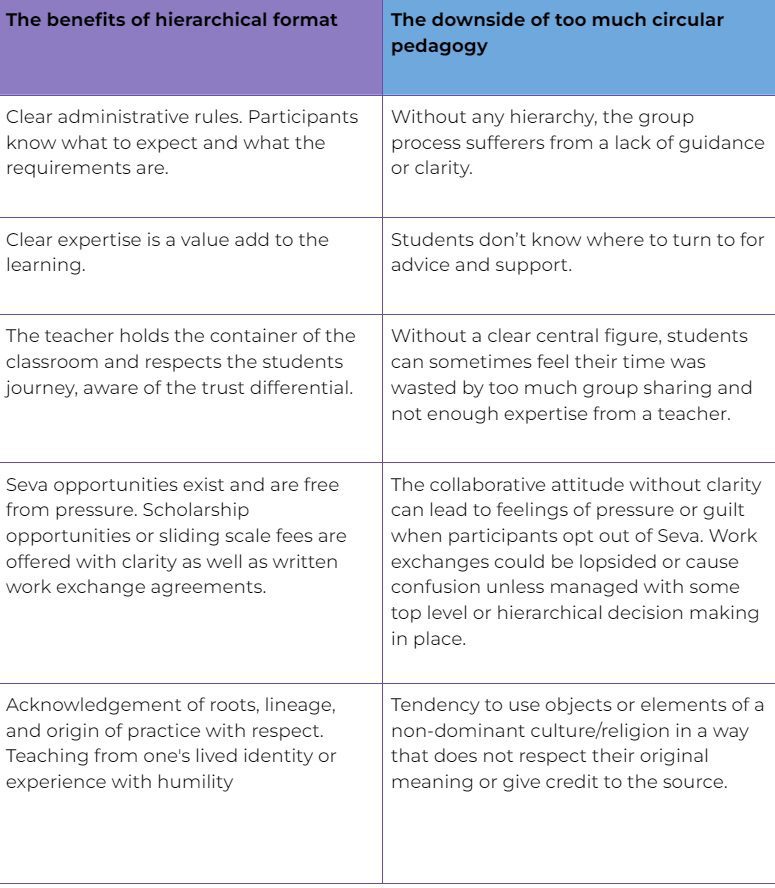The Pedagogy1 Pivot, Part 1
September 2022
[1] Pedagogy: the method and practice of teaching, especially as an academic subject or theoretical concept.
The art of teaching evolves
The yoga world in the West has seen many changes in professional standards and teaching styles since its early years, as the relationship of the student to the teacher has undergone significant scrutiny. This is especially so, as in the last decade central gurus/spiritual teachers from multiple yoga traditions have faced serious allegations of abuse or exploitation. As yoga communities of various traditions gained greater awareness of not only harm that occurred, but how trust and belief in a person or institution can blind them to signs of wrongdoing, they needed to reevaluate teaching approaches and work to clear any exploitative tendencies or behaviors embedded within the culture.
A catalyst for change
Following several sexual abuse scandals in America’s entertainment industry, the #metoo movement took off in 2017 to 2018. This created an environment where women finally felt the support to come forward and speak publicly about abuses they had suffered, sometimes after decades of silence. A clear pattern emerged of charismatic, often idolized, powerful, and/or “guru” figures at the center of the abuse. The public outcry and multiple convictions of predators led to ongoing reforms and accountability.
The new paradigm
Many yoga teachers today have deliberately and methodically enhanced their teaching style. Current pedagogy techniques point to a nurturing and inclusive approach to teaching, that focuses on the elevation and growth of students, and not any increase in status, influence, or other benefit to the teacher.
For many years, Kundalini Yoga teachers and trainers have been moving their teaching styles toward being more inclusive and collaborative. While the teachings themselves have not changed, the delivery has evolved and continues to grow with the times.
The new pedagogy paradigm that we are moving into has at least two distinct motivations. 1) The world of adult education has advanced. Knowing modern best practices for teaching to adults, many Kundalini Yoga teachers are adopting these to improve their impact. 2) The new pedagogical approaches shift the student- teacher relationship in ways that should reduce the opportunity for exploitation and abuse. This is absolutely not to say that every prior student-teacher relationship was abusive, or that abuse is impossible in the newer teaching models!
The same shift that will help today’s adult learners absorb and retain new information, will encourage learners to integrate these new practices into their own lives so they may better enjoy the benefits. This will help create a culture in which abuse will be less likely.
Some examples of this new pedagogical paradigm include but are not limited to:
- Changes in lecture & delivery format
- More emphasis on the group dynamic
- Centering of marginalized voices
- Choice-informed teaching
- Emphasis on cues for internal guidance
- Respect for the “spiritual teacher” tradition, and also offering other options for learning
Lecture format vs. collaborative learning
It was once common for a teacher to lecture for 1 or 2 hours during a workshop. Nowadays, if a teacher lectures for a long period of time, it seems odd or out of touch. The perception of the teacher as the central and most important person in the room has evolved to a more collaborative learning process. For instance, a teacher might speak for 15 minutes and then pause for reflections from the group. There may be students in the room that have expertise to share, or some wisdom comes from hearing how the material “landed” with a particular set of students. Good teaching technique allows time for class members to dialogue.
Another factor is attention span. Today’s world of cell phones, social media, texting, and quick clicking has resulted in rewritten neural pathways and shortened attention spans. The lecture format has become a far less engaging and effective teaching tool.
Continuation of the “spiritual teacher” tradition

Examining the old “guru” paradigm, there has been a pivot away from an attitude of a seeker being fortunate and blessed to find a special/spiritual teacher and tradition, to an inclusion practice where there may still be gratitude for having found a real and knowledgeable teacher, but also where the student’s journey is valued and their presence and life experiences contribute to the group dynamic. This allows learning to take place for everyone together. This relational way of teaching includes the students’ experience, rather than pedestaling a paternal/maternal “guru” figure and marginalizing the student’s journey.
There is an entire spectrum of perspectives and beliefs. Teachers today can include all voices and support each individual to practice in a way that is meaningful to them. It is good to be aware of our environment and to make our own well-informed decisions, to look within and determine what rings genuine and true.

To best serve our students, let us focus on how we can help create a brave and inclusive learning space for Kundalini Yoga in today’s world. Consider the following approaches and see what would work (or not) for you when teaching:

As in any learning atmosphere, there are pros and cons to either approach. Consider that hierarchical structures have value and contribute to group learning and too much circular learning can be frustrating as well. Here’s how:

Stay tuned for next month’s article: Part Two of The Pedagogy Pivot
Ask EPS… If you have a question or topic you would like EPS to talk about, let us know!
Click here to visit EPS Official Website
Click here to follow EPS on Instagram
Click here to follow EPS on Facebook
References:
KRI Code of Ethics & Professional Conduct
Pedagogy 101: Teaching the Adult Learner
Conversation as Kriya; Dialogue as a Teaching Tool
Teacher
KRI is a non-profit organization that holds the teachings of Yogi Bhajan and provides accessible and relevant resources to teachers and students of Kundalini Yoga.


 Français
Français Deutsch
Deutsch Italiano
Italiano Português
Português Español
Español 简体中文
简体中文
More Related Blogs